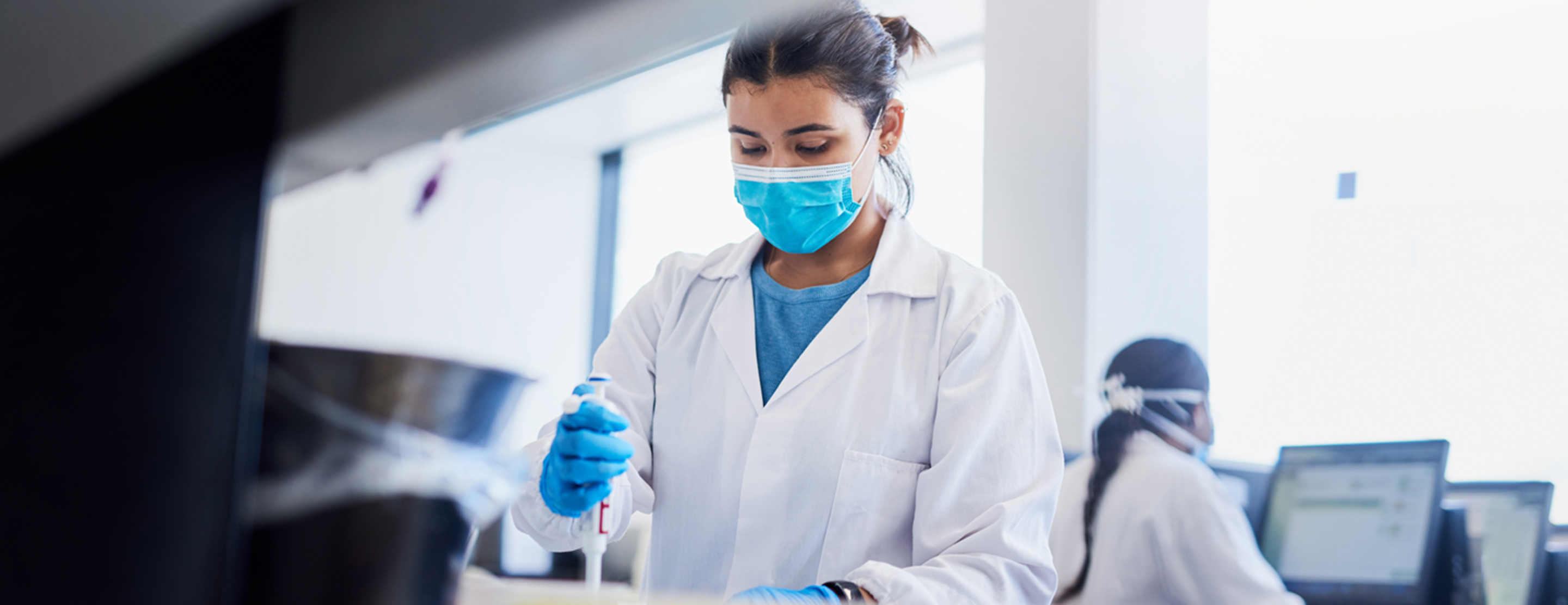As one of the world's leading biomedical research institutions, UCSF has produced a stream of medical innovations that save lives every day and improve the health of millions of people. Developing a new medical treatment is a long process that starts in the lab and animal testing and ends in studies with human volunteers called clinical trials. These trials are an essential part of our mission and provide opportunities for our patients to benefit from the latest research.
Overview
A clinical trial is a study that evaluates the safety and effectiveness of a new approach to detecting, preventing, diagnosing or treating a disease. Clinical trials are how researchers determine whether the new approach is better than current ones. When conducting a clinical trial, researchers must follow strict rules to protect the participants.
Participants in a clinical trial may be assigned to receive an experimental treatment, such as a new drug, surgical procedure or medical device. The researchers measure specific outcomes to determine whether the treatment is safe and effective. By joining a clinical trial, participants may have access to a promising therapy before it becomes available to the general public.
In another type of clinical study, called an observational study, participants aren't assigned to have a specific treatment. Instead, they receive routine care and are monitored over a period of time, while the study team collects and analyzes data about them.
How clinical trials work
Clinical trials progress in a series of steps, called phases, that build on one another. In each phase, researchers try to answer a different question.
- Phase l: Is it safe? Researchers test a new treatment in a small group of people for the first time. The main goal is to assess safety, though the researchers also look for side effects and try to determine a safe range of doses. Participants may be healthy or may have the condition that the treatment is intended to help.
- Phase ll: Does it work? Once researchers determine the treatment is safe, they test it in a larger group of people to make sure it is effective. They also continue to study side effects and proper dosages.
- Phase lll: Is it better than what we have now? The researchers compare the new treatment with one or more existing treatments. Usually, this phase involves a large number of people and these participants are divided into groups, with some getting the experimental treatment and some getting the existing treatment, so the outcomes can be compared. If the study shows the treatment is at least as safe and effective as existing treatments, the Food and Drug Administration (FDA) reviews it for approval. If approved, it becomes available to the general public.
- Phase IV: What else can we learn? After FDA approval, researchers may do an additional study to look at whether the treatment can be used for other conditions or can lead to problems in the long run.
Who can participate
People of all ages, genders and ethnic groups may take part in clinical trials, but every study has its own criteria for participants. The kinds of volunteers needed for a trial depend on the criteria of the trial and the questions researchers are trying to answer. The criteria for a particular trial may involve age, sex, type and stage of a specific disease, previous treatments or other medical factors. The researchers may be looking for healthy volunteers or people with a particular condition (known as patient volunteers).
Why take part
Clinical trials are at the heart of medical research: They help establish better treatments and bring better outcomes to many patients. Healthy volunteers may choose to participate because they want to help others and contribute to scientific research. In addition to those incentives, patient volunteers may be motivated by the opportunity to get access to a promising treatment that isn't yet available to the general public. However, participants should understand that their condition may not improve with the experimental treatment and that they could experience adverse side effects, among other possible drawbacks.
Taking part in a clinical trial carries risks. The new treatment may not be as effective as the standard treatment or may have side effects the researchers did not anticipate. Participation may require extra trips to the doctor's office and additional tests.
Participating is a personal choice. If you're considering taking part in a particular clinical trial, make sure you know what the study involves. In order to make the decision, you need to feel informed and comfortable and be able to weigh the potential benefits and drawbacks, so be sure to get answers to all of your questions. Here are some questions to ask yourself and your doctor:
- Do I fit the criteria for inclusion?
- How might I benefit from participating?
- What are the probable side effects?
- What if I'm placed in the control group that doesn't get the treatment under evaluation? (In many trials, those receiving the placebo will cross over later on and receive the active treatment.)
- What happens if I quit or am dropped from the trial?
- What happens if my condition gets worse while I'm in the trial?
If you want to take part in a trial but don't qualify, you may still be able to access the treatment through a program called expanded access, also known as compassionate use. This provision allows companies to make treatments that are under investigation and not approved by the FDA available to individuals with serious illness who may benefit but don't fit the clinical trial's criteria.
To learn about patient opportunities in current research at UCSF, visit UCSF clinical trials.






